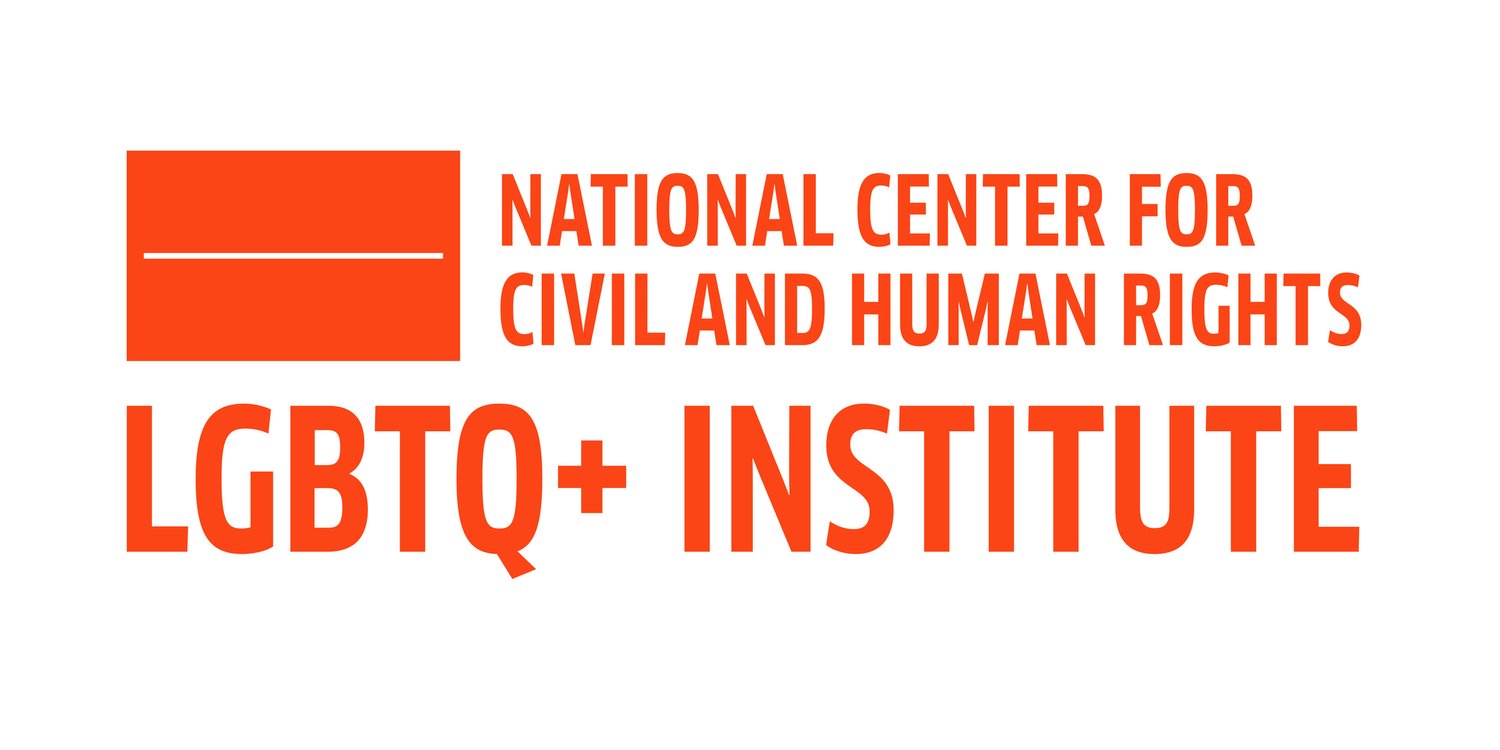When news of Chechnya’s gay purge made international headlines, Canada’s government was among the first to condemn the violence and murder in the region. But due to Canada’s current immigration and refugee laws, it seemed the nation’s hands were tied. Because most of the individuals in need of rescue were in safe houses in Russia at the time, the Canadian government didn’t have many options.
Not only did Canada have to consider its foreign relations with Russia, it also had to find a way to help those in need while conforming to current laws. According to an unnamed government official, speaking to The Globe and Mail, Canada not only found a way to assist the gay refugees, but partnered with Rainbow Railroad to bring them to safety in Canada.
The secret program’s beginning can be traced back to April 21, when Foreign Affairs Minister Chrystia Freeland was attending a conference hosted by US Senator John McCain. Freeland was part of a panel discussing human rights violations in Russia. Tanya Lokshina, Russia program director for the Human Rights Watch, was part of the same panel.
Desperate to help those persecuted in Chechnya because of their sexual orientation, Lokshina was looking for allies. “I saw Ms. Freeland’s name on the program and immediately realized it was an amazing window of opportunity,” recounted Lokshina.
As it turned out, Freeland was the perfect person to turn to. Not only did the Foreign Affairs Minister have the power to take action, she had a special perspective on the numerous human rights violations that have plagued Russia for years. Freeland, who had previously been a reporter in the nineties, had lived and worked in Russia. When Russia invaded Ukraine in 2014, Freeland openly spoke out in support of international sanctions put in place over the incursion. Her support for sanctions angered Russian President Vladimir Putin so much that he banned Freeland from returning to the country.
During the panel, Lokshina approached Freeland, saying: “The victims desperately need a safe sanctuary and Canada should set an example for other governments by welcoming them.” At Freeland’s behest, and with the support of Canadian Prime Minister Justin Trudeau and other government officials, a plan was set in motion to bring gay men and women who were currently in hiding to Canada.
Rainbow Railroad, a Canadian organization formed to assist LGBT refugees, had previously asked the Canadian government for assistance in rescuing those trapped in Russia. The group was asked to offer its expertise for the rescue plan.
The biggest hurdle Canada faced had to deal with the location of the individuals who required assistance. After fleeing the violence in Chechnya, many of the refugees were still in Russia, housed by the Russian LGBT Network in safe houses in Moscow and St. Petersburg. This posed a problem because Canada requires those seeking refugee status to have already fled their home country. Compounded by the fact that homosexuality isn’t technically illegal in Russia, even though LGBT individuals face mounting political and cultural discrimination, the government was facing an up-hill battle.
The exact process Canada used to overcome the issue of the refugee’s location wasn’t revealed. The only insight given was by an unnamed government official, who told The Globe and Mail: “A process was undertaken by which an exception could be made to some of those rules.”
Kimalhi Powell, executive director of Rainbow Railroad, flew to Russia to begin the process of interviewing potential refugees. There he worked with the Russian LGBT Network to identify those willing to seek asylum in Canada. According to Powell, those rescued began to arrive in Canada in June.
Rainbow Railroad reports that 31 individuals have arrived in Canada since the operation began. “It’s very exciting to see the optimism in their eyes,” Powell told CTV News on Friday.
According to activists, the program had to remain a secret to protect those seeking rescue from further danger or violence. But now that those who were willing to come to Canada have safely arrived, those involved feel it’s time to come forward.
“We needed to be discreet about the program for as long as possible to maintain their safety,” said Powell. “We now have to focus on settlement and integration of these individuals. And it’s important that our community, who are concerned about them, know that they’re here, that they’re safe.”
Even though the plan was only recently revealed, it seems Canada’s reputation on the world stage for offering assistance to those in need was already well known. In July, Chechen Head of State Ramzan Kadyrov mentioned Canada in an interview where he denied the existence of gay men in Chechnya, calling them “devils” who “are for sale.” “We don’t have any gays. If there are any, take them to Canada,” Kadyrov told an HBO reporter when asked about the existence of a gay purge in the region.
According to a Canadian official, it’s unlikely that anyone in Russia was aware of the plan. It’s more likely that Kadyrov was simply making what he believed to be a snide comment about the culture of inclusivity for which Canada is known.
Although this specific program seems to have accomplished its goal, there are still thousands of LGBT individuals around the world who require similar assistance. Groups like Rainbow Railroad work tirelessly to rescue those who are persecuted for their sexual orientation and gender identity every day. Please consider making a donation to Rainbow Railroad so that they’re able to continue their invaluable work.

